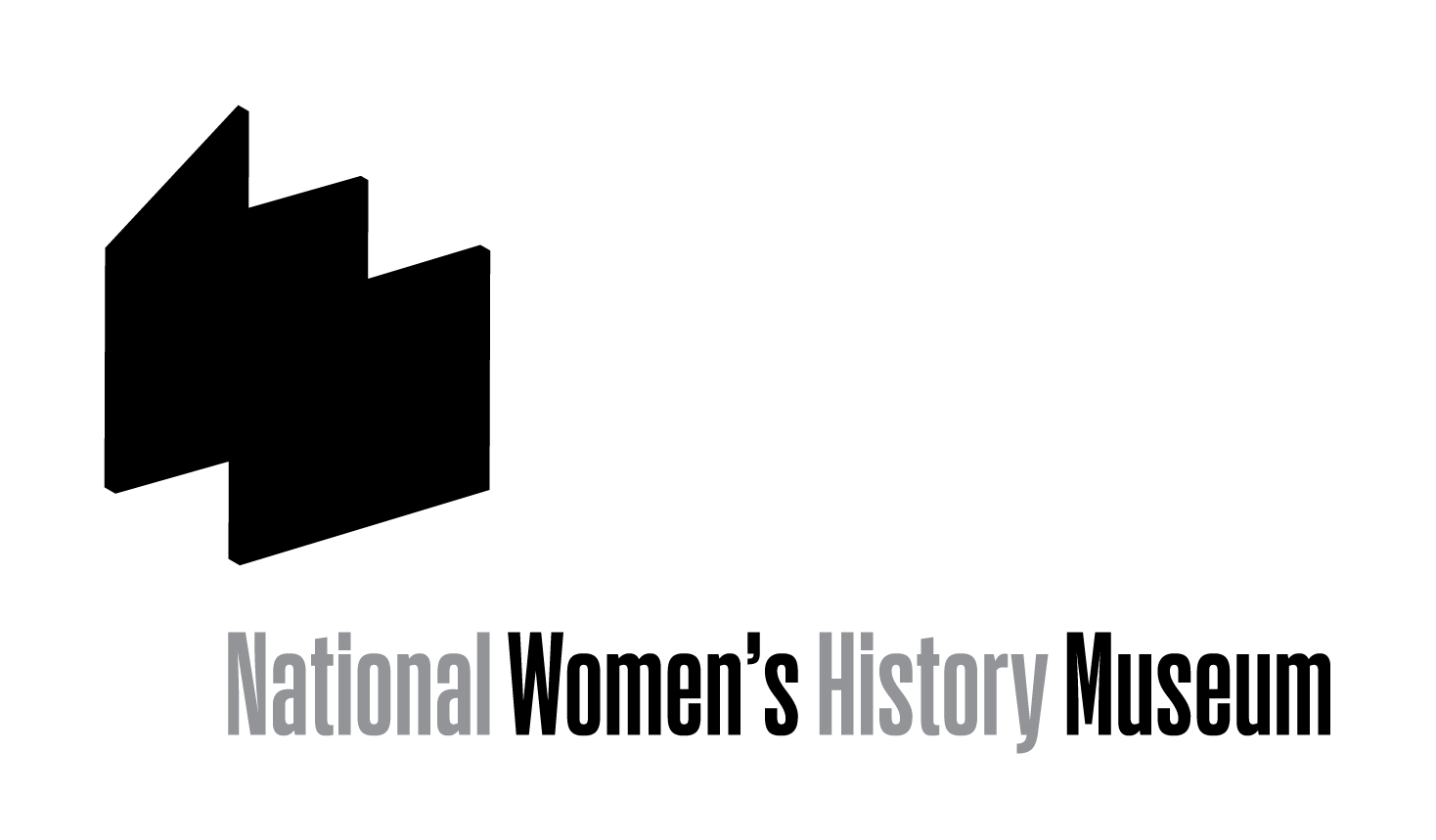I have no idea of submitting tamely to injustice inflicted either on me or on the slave. I will oppose it with all the moral powers with which I am endowed. I am no advocate of passivity.
Lucretia Mott
A Downwright Gabbler, Library of Congress.
Women's Rights Movement Emerges from the Abolitionist Movement
While individuals expressed their dissatisfaction with the social role of women during the early years of the United States, a more widespread effort in support of women’s rights began to emerge in the 1830s. Women and men joined the antislavery movement in order to free enslaved Africans. While men led antislavery organizations and lectured, women were not allowed to hold these positions. When women defied these rules and spoke out against slavery in public, they were mocked.
For example, in 1829 British-born reformer Frances Wright toured the United States and lectured against slavery. The same year, an artist published this cartoon making fun of Wright. The cartoon depicts Wright standing near a table and giving a lecture, but she has the head of a goose. The title says Wright “deserves to be hissed.” According to this artist and many others, women should not speak in public, and the public should not care what she has to say.
Frances Wright was one of many women—including sisters Sarah and Angelina Grimké (who were from a slave-owning Southern family) and Lucretia Mott—who lectured against slavery. Even as women became more active in the cause, many of their fellow antislavery activists continued to disapprove of these female speakers. In 1840, for instance, the World Anti-Slavery Convention refused to seat female delegates.
In contrast, in the late 1830s, abolitionists (who called for an immediate end to slavery rather than a gradual one) began to advocate for women’s rights as well. Women gained experience as leaders, organizers, writers, and lecturers as part of this radical wing of the movement. The discrimination they continued to face eventually prompted them to band together to promote a new, separate women’s rights movement.
By Allison Lange, Ph.D.
Fall 2015
Essential Questions
- What was the Abolitionist Movement?
- How did it arise?
- What were its goals?
- How were women involved?
- How did the Abolitionist Movement catalyze women?




In 1835, Angelina Grimke found herself deeply disturbed by violent riots and demonstrations against abolitionists and African Americans, as well as by the burning of anti-slavery pamphlets in her hometown of Charleston, South Carolina. When William Lloyd Garrison published an appeal to citizens of Boston to repudiate all mob violence, Angelina felt compelled to send the noted abolitionist a personal letter of support. “The ground upon which you stand is holy ground,” she told him, “never-never surrender it . . . if you surrender it, the hope of the slave is extinguished.” Agitation for the end to slavery must continue, Angelina declared, even if abolitionists are persecuted and attacked because, as she put it, “This is a cause worth dying for.” Garrison published Angelina’s letter.